
Before You Buy an Active Noise Cancelling Headphones - Things You Should Know
WHO released World Report on Hearing, which showed that 20% of people(2.5 billion) worldwide will be living with some degree of hearing loss by 2050. Thus, WHO encourages to use of personal hearing protective devices. Besides, as noise pollution becomes more severe, earphones & ANC headphones have been a necessity and popular among music lovers.
Noise cancellation can be divided into passive noise cancellation and active noise cancellation.
Passive Noise Cancellation
Passive noise cancellation is physical noise cancellation, which isolates ambient noise from the ear through physical characteristics, for example, seal out ambient noise by well-designed ear cups or soundproof materials such as silicone earplugs. The earmuff cavity is acoustically optimized to achieve physical sound insulation of the headphones. Since the noise is not processed by the noise-cancelling circuit chip, it can generally only block high-frequency noise but has no obvious effect on reducing low-frequency noise.
Active Noise Cancellation
Active Noise Cancellation (ANC) is a noise-cancelling system that reduces unwanted sound by neutralizing soundwaves, which generates a converse soundwave to cancel the original noise. Modern active noise cancellation is generally achieved through two methods: digital signal processing or analog circuits. The former solution generates anti-noise soundwaves with flexibility and high precision while the latter realizes longer battery life and produces anti-noise soundwaves quickly in low accuracy.
Environmental Noise Cancellation
Apart from Active Noise Cancellation & Passive Noise Cancellation, ENC (Environmental Noise Cancellation), which can effectively suppress 90% of the negative Environmental Noise so that communication remains crystal clear in loud environments.
Working Principle of Active Noise Cancellation
The microphone detects external environmental noise and the system generates an anti-noise soundwave and adds it to the driver unit, which is achieved by superposition of two types of noise to cancels ambient noise. Active noise cancellation is divided into feed-forward active noise cancellation, feedback active noise cancellation, hybrid active noise cancellation according to the position of the pickup microphone. Each approach has its positive & negative sides.
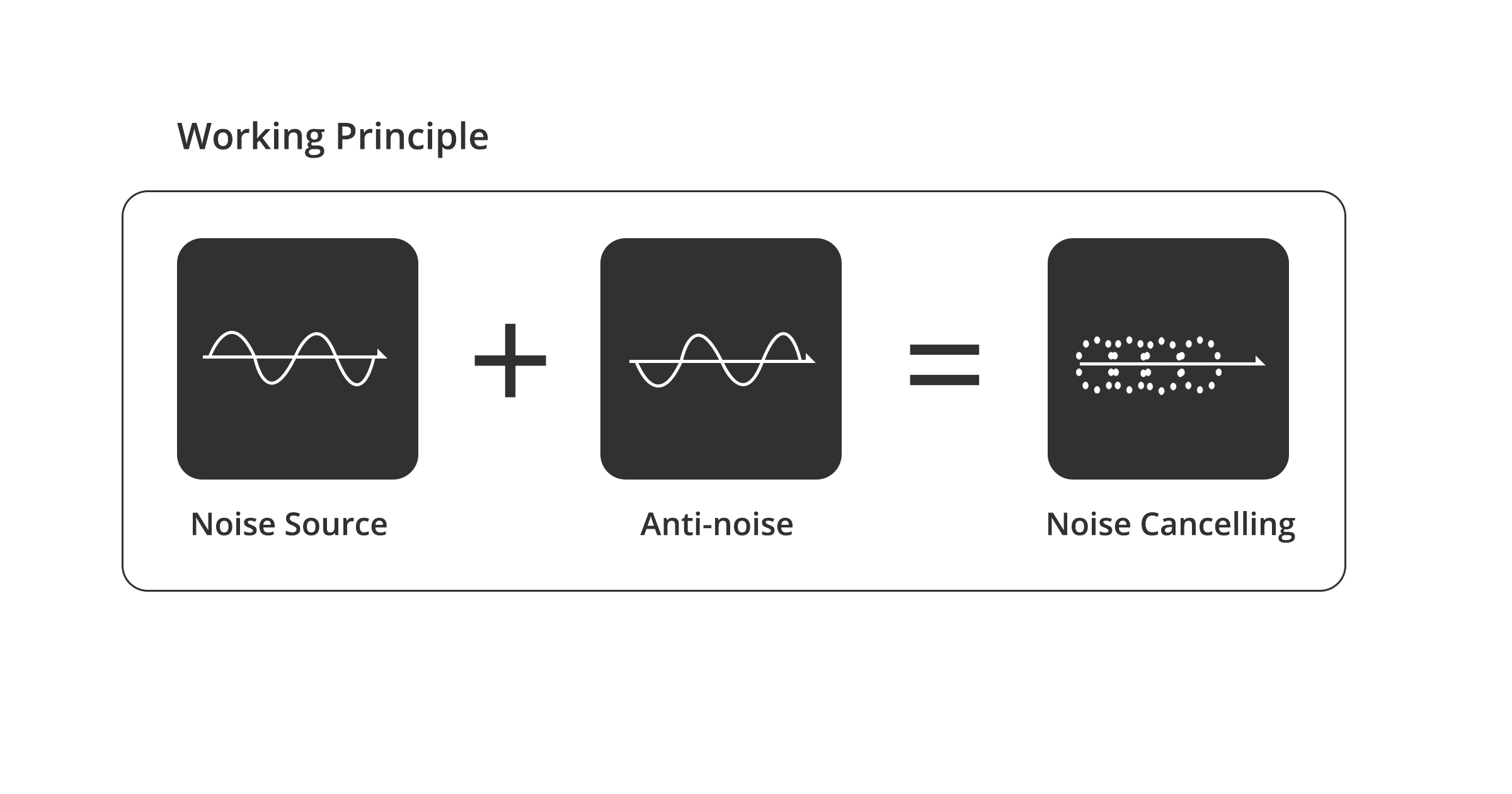
Feedforward active noise cancellation
Feedforward ANC is arguably the simplest type of active noise cancellation with a microphone placed outside the headset to detect ambient noise.
Feedforward ANC uses DSP or other ANC processing hardware to deal with noise filtering and map the noise signal to the frequency response that you will hear inside the headset. Whether it is impulsive noise or continuous external loud sound, the feed-forward microphone can pick up the noise before your ears receive it, and process the signal from the internal speaker to your ears to eliminate the noise sent to your ears. However, the accuracy of feedforward ANC is not as good as putting a microphone in the ear. Feedforward ANC works within a narrower range of frequencies, so it may end up having little effect at noise around 1-2kHz.
.jpg)
Feedback active noise cancellation
Feedback ANC places the microphone in the headphones. The feedback microphone can detect the noise entering the ear canal and can eliminate the noise in the signal together with the electronic device, and at the same time add a signal to eliminate the noise entering the ear.
The feedback ANC captures noise more accurately, which could reflect noise you hear actually and remove the additional signal to the actual noise in the ear, a more effective algorithm is used to provide an additional decibel (dB) noise-cancelling effect. The obvious benefit is that the noise captured by the feedback microphone can more accurately reflect the noise you hear regardless of the exact position of the headset and how it is worn.
Feedback ANC works on a broader range of frequencies. But it can't deal well with suppressing higher frequency noise in the 1-2 kHz range.
.jpg)
Hybrid active noise cancellation
Hybrid ANC, just as its name implies, combines the feedforward ANC and feedback ANC. It can work within full frequency noises with better and more comprehensive noise cancelling.
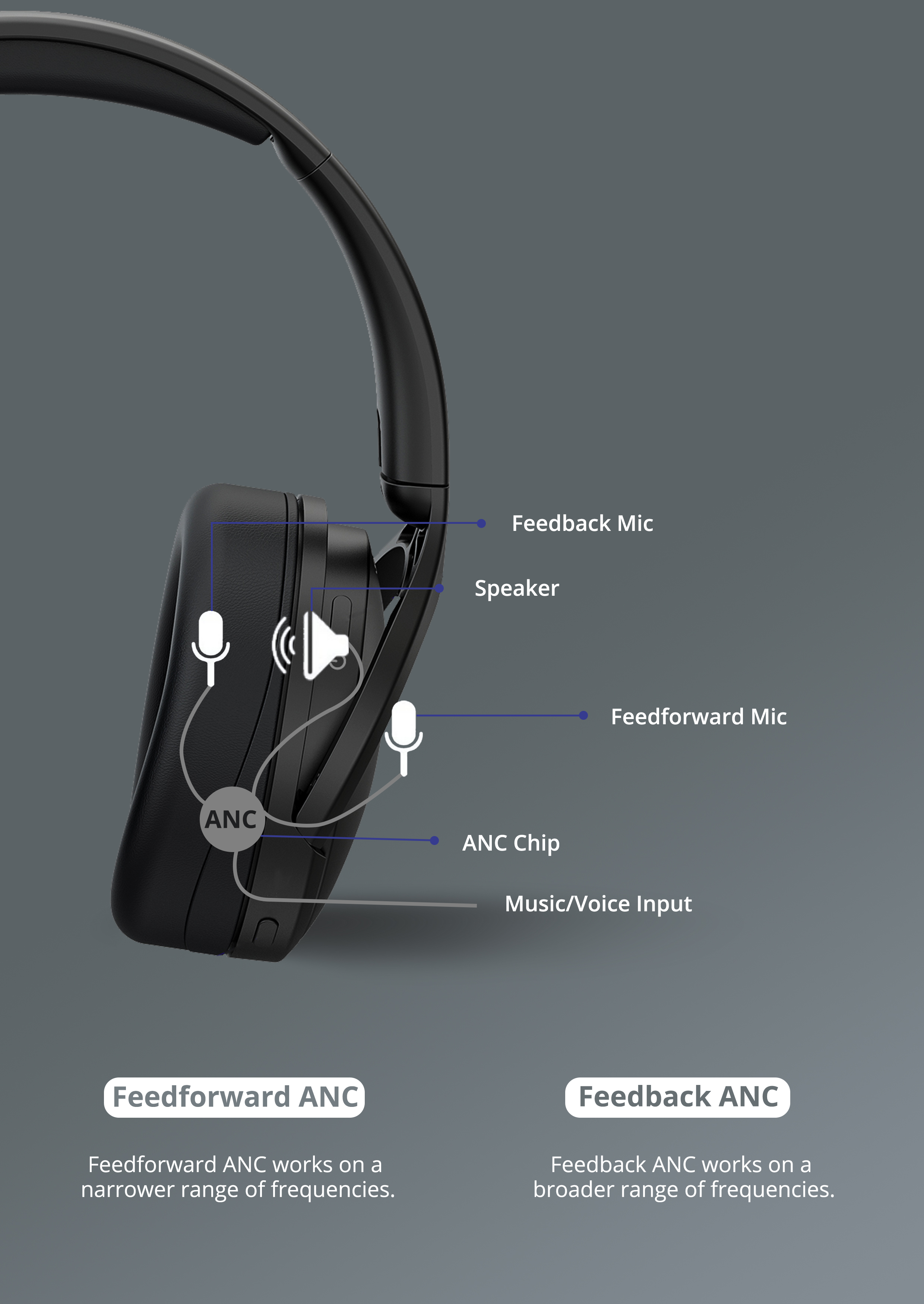
In order to bring the optimal ANC experience to customers, Tronsmart has released a series of hybrid active noise cancelling headphones – Apollo Series. Featured with breathtaking Hybrid ANC Technology, Apollo Series Headphones successfully eliminate ambient noise up to 35dB, of which Feedforward Mic detects external sounds and counter with equal anti-noise to reduce the ambient noise while Feedback Mic picks up internal sounds and produce anti-noise again to twice cancel the left noise. Hybrid ANC could effectively isolate people from noisy environments, which contributes to physical & psychological health. Perfect for traveling on subway, airplane, bus or crowded street. Besides, Tronsmart also puts forward Onyx Apex, which has highly advanced active noise cancelling technology that can identify the user’s voice and effectively filter out any background noise with the ability to reduce up to 28dB of ambient noise.
To sum up, before you buy an ANC earphone, acknowledging the comprehensive introduction of noise cancelling do help you to choose proper earphones based on your actual needs.

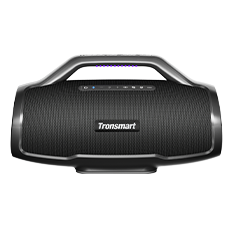 Bang Max
Bang Max
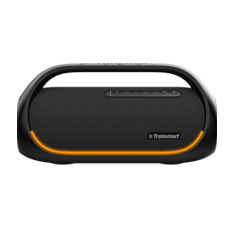 Bang
Bang
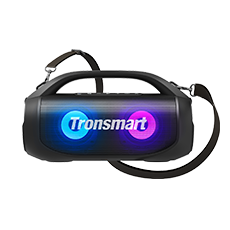 Bang SE
Bang SE
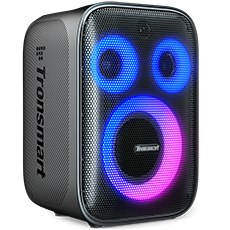 Halo 200
Halo 200
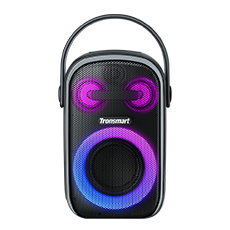 Halo 100
Halo 100
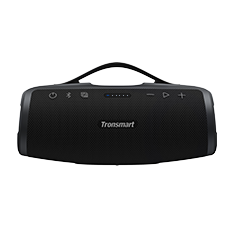 Mirtune S100
Mirtune S100
.png) Mirtune H1
Mirtune H1
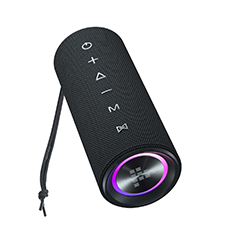 Mirtune C2
Mirtune C2
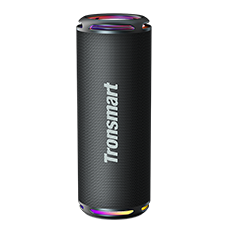 T7 Lite
T7 Lite
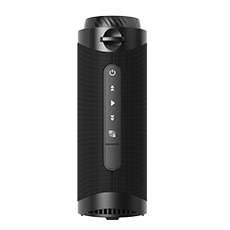 T7
T7
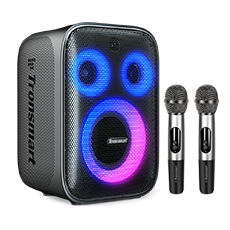 Halo 200
Halo 200
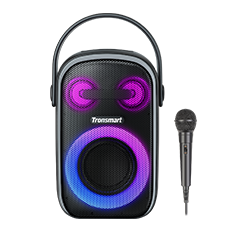 Halo 110
Halo 110
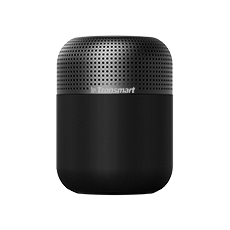 T6 Max
T6 Max
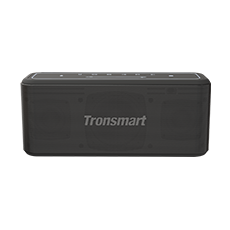 Mega Pro
Mega Pro
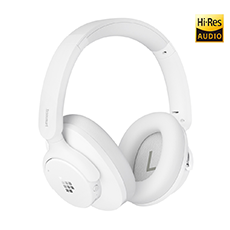 Sounfii Q20S
Sounfii Q20S
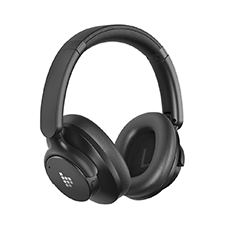 Sounfii Q20
Sounfii Q20
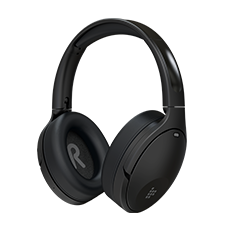 Apollo Q10
Apollo Q10
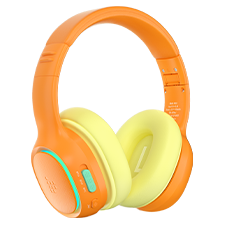 KH03
KH03
 KH02
KH02
 KH01
KH01
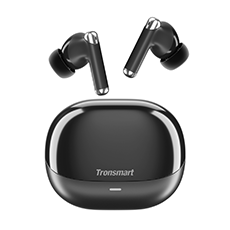 Sounfii R4
Sounfii R4
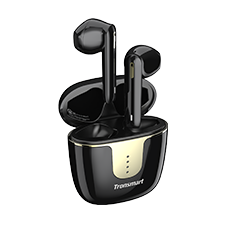 Onyx Ace Pro
Onyx Ace Pro
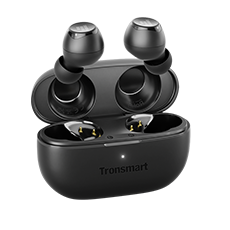 Onyx Pure
Onyx Pure
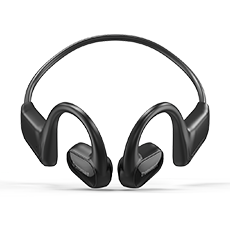 Space S1
Space S1




Comments
Leave your comment